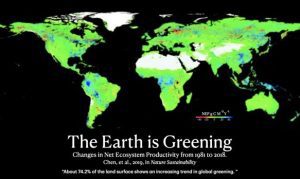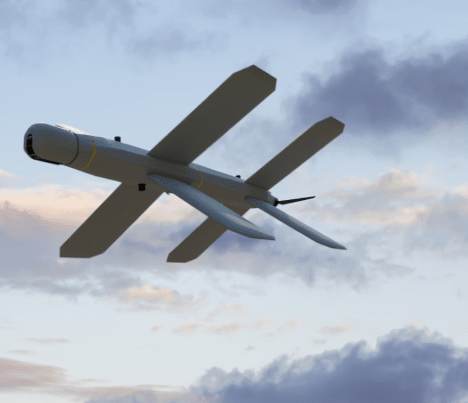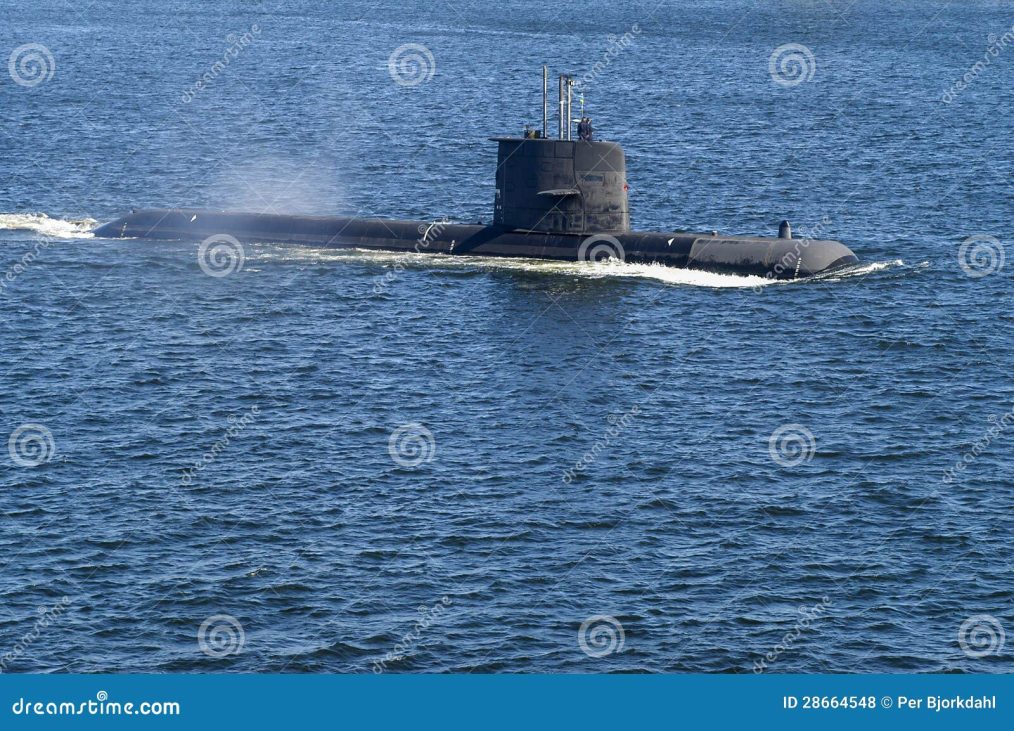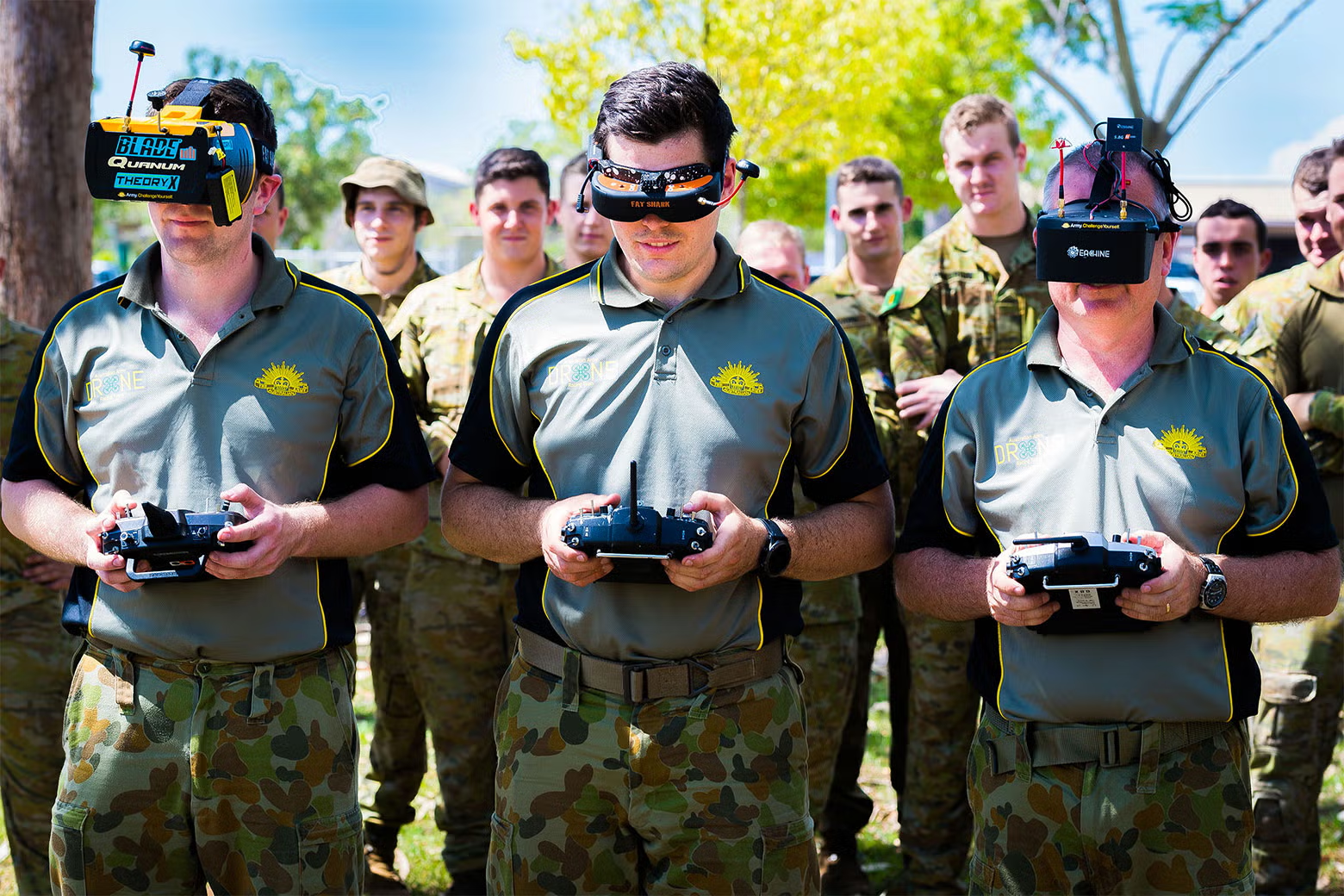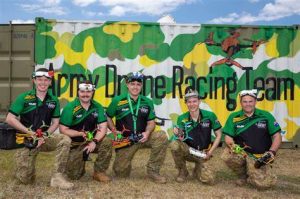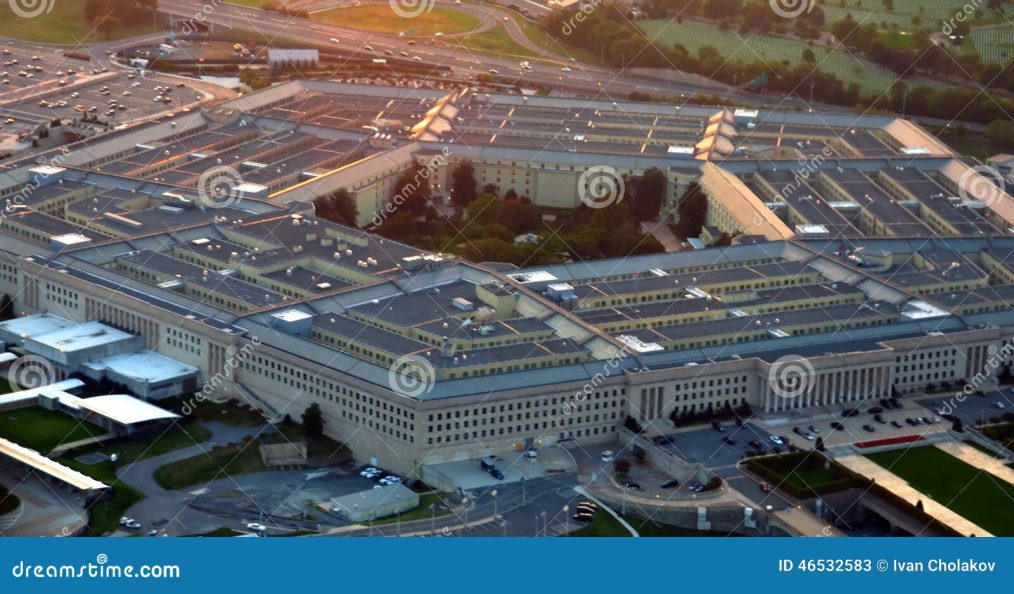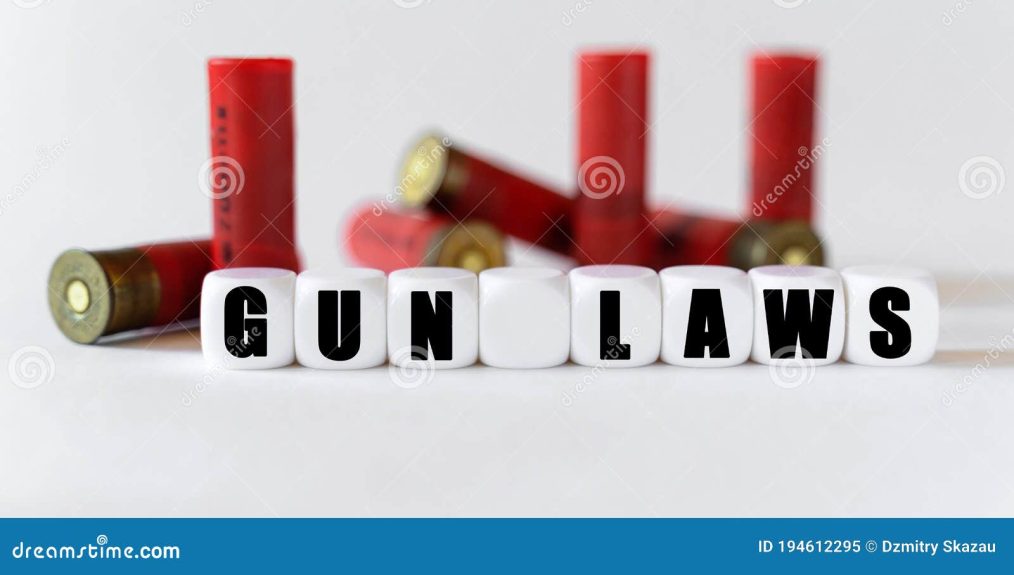A seismic shift in public opinion has solidified January 26 as Australia’s national day, with a significant majority of Australians now voicing support for keeping the date unchanged. The latest Resolve Political Monitor data reveals that 61 per cent of Australians want to retain January 26 as Australia Day, a substantial increase from 47 per cent just two years ago. Simultaneously, support for moving the holiday has plummeted from 39 per cent in January 2023 to a mere 24 per cent.
The Voice Referendum and Changing Sentiments
The marked shift in sentiment coincides with the aftermath of the Voice to Parliament referendum, a polarising debate that appears to have reshaped national perspectives on Indigenous issues and broader questions of identity. The referendum’s decisive rejection underscored a growing resistance to policies perceived as granting undue entitlements to Indigenous Australians, reflecting a desire for a more unified national approach.
Many Australians are reconsidering long-standing narratives around Australia Day, viewing January 26 as a unifying occasion to celebrate the achievements and resilience of a modern, multicultural nation rather than a date defined solely by its colonial origins. While some Indigenous Australians and their supporters continue to argue that the date represents pain and dispossession, the broader public’s stance suggests a diminishing appetite for symbolic gestures that divide rather than unite.
Key Demographics Reveal Diverging Views
Support for Australia Day’s current date varies sharply by age and political affiliation. Younger Australians aged 18 to 34 remain the most hesitant, with only 35 per cent backing January 26. In contrast, 63 per cent of those aged 35-54 and an overwhelming 79 per cent of Australians over 55 support the date.
The divide is also evident along political lines. Among Coalition voters, a resounding 78 per cent support keeping January 26, compared to a slimmer majority of 51 per cent of Labor voters. These figures suggest that traditional values and national pride resonate more strongly with older and more conservative demographics, while younger Australians remain more open to reconsidering the date, albeit in declining numbers.
The Broader Implications
This trend signals a broader cultural shift, where Australians are increasingly skeptical of campaigns centered on historical grievances. Many argue that the focus should instead be on practical measures to improve the lives of Indigenous Australians, such as education, health, and economic opportunities, rather than symbolic actions like changing Australia Day.
The debate around Australia Day is emblematic of a wider move away from what some perceive as divisive identity politics. As Australia continues to grapple with its history, the growing support for January 26 reflects a public yearning for cohesion and pride in shared achievements.
A Turning Point for National Identity
As the nation approaches another Australia Day, the message from the public is clear: Australians overwhelmingly prefer to celebrate their national day on January 26. This date, while complex in its historical context, has become a cornerstone of national identity—a day to reflect, celebrate, and look forward as one people.
Rather than focusing on divisive debates, there is an opportunity to reframe the narrative of Australia Day, emphasizing unity and progress while acknowledging the past. With support for the date at a record high, Australia stands at a pivotal moment to strengthen its sense of national identity, ensuring that January 26 remains a day for all Australians.



